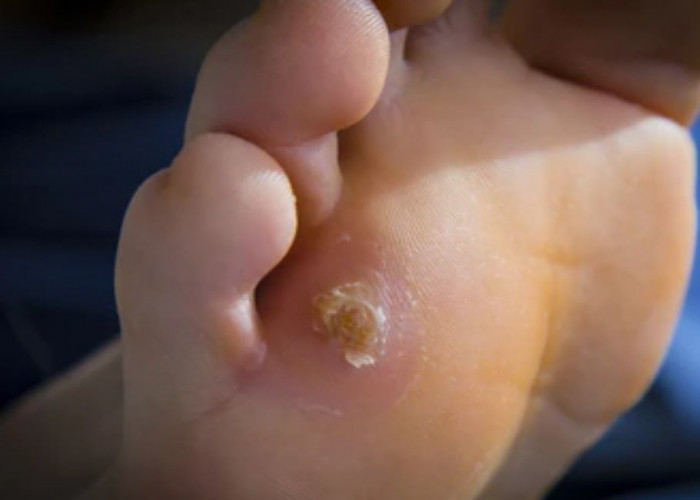 Welcome
Welcome
“May all be happy, may all be healed, may all be at peace and may no one ever suffer."
Corns and calluses

Corns and calluses are thick, hardened layers of skin that develop in response to repeated friction, pressure, or irritation. They are most commonly found on the feet, but can also occur on the hands or other areas of the body. Corns are typically smaller and more localized, while calluses are larger and more diffuse.
Corns and calluses are not usually serious, but they can be uncomfortable or painful. The most common symptoms include:
- A thick, hardened patch of skin
- Pain or tenderness in the affected area
- Rough, flaky, or dry skin
Treatment for corns and calluses typically involves relieving pressure and reducing the thickness of the skin. This can be done through the following measures:
- Wearing properly fitted shoes that provide adequate cushioning and support
- Using padded insoles or inserts to reduce pressure on the affected area
- Soaking the affected area in warm water and using a pumice stone to gently remove the thickened skin
- Applying moisturizing creams or lotions to soften and hydrate the skin
In some cases, medical treatment may be necessary to remove a particularly thick or painful corn or callus. This may involve cutting away the thickened skin or using medications such as salicylic acid to dissolve the skin.
Prevention of corns and calluses involves reducing friction and pressure on the affected area. This can be done by wearing properly fitting shoes, using protective pads or insoles, and avoiding prolonged pressure or friction on the affected area. It is also important to maintain good foot hygiene and keep the skin well-moisturized to prevent dryness and cracking.
If you have a corn or callus that is causing discomfort or pain, it is important to see a healthcare provider for proper evaluation and treatment.
Research Papers
Disease Signs and Symptoms
- Dry, rough skin in the areas with bumps
- Skin bumps
- Waxy skin
- Dry skin
Disease Causes
Corns and calluses
Pressure and friction from repetitive actions cause corns and calluses to develop and grow. Some sources of this pressure and friction include:
- Wearing ill-fitting shoes. Tight shoes and high heels can compress areas of your feet. When footwear is too loose, your foot may repeatedly slide and rub against the shoe. Your foot may also rub against a seam or stitch inside the shoe.
- Skipping socks. Wearing shoes and sandals without socks can cause friction on your feet. Socks that don't fit properly also can be a problem.
- Playing instruments or using hand tools. Calluses on your hands may result from the repeated pressure of playing instruments, using hand tools or even writing.
Disease Prevents
Corns and calluses
These approaches may help you prevent corns and calluses:
- Wear shoes that give your toes plenty of room. If you can't wiggle your toes, your shoes are too tight. Have a shoe shop stretch your shoes at any point that rubs or pinches.
- Use protective coverings. Wear felt pads, nonmedicated corn pads or bandages over areas that rub against your footwear. You can also try toe separators or some lamb's wool between your toes.
- Wear padded gloves when using hand tools. Or try padding your tool handles with cloth tape or covers.
Disease Treatments
Treatment for corns and calluses usually involves avoiding the repetitive actions that caused them to develop. You can help resolve them by wearing properly fitting shoes, using protective pads and taking other self-care measures.
If a corn or callus persists or becomes painful despite your self-care efforts, medical treatments can provide relief:
- Trimming away excess skin. Your doctor can pare down thickened skin or trim a large corn with a scalpel, usually during an office visit. Don't try this yourself because it could lead to an infection.
- Callus-removing medication. Your doctor may also apply a patch containing 40 percent salicylic acid (Clear Away, MediPlast,others). Such patches are available without a prescription. Your doctor will let you know how often you need to replace this patch. He or she may recommend that you use a pumice stone, nail file or emery board to smooth away dead skin before applying a new patch. You can also get a prescription for salicylic acid in gel form to apply on larger areas.
- Shoe inserts. If you have an underlying foot deformity, your doctor may prescribe custom-made padded shoe inserts (orthotics) to prevent recurring corns or calluses.
- Surgery. In rare instances, your doctor may recommend surgery to correct the alignment of a bone causing friction.
Lifestyle and home remedies
If you have diabetes or another condition that causes poor blood flow, consult your doctor before treating a corn and callus on your own.
If you have no underlying health problems, try these suggestions to help clear up a corn or callus:
- Use over-the-counter pads. Apply a pad to protect the area where a corn or callus developed. Be careful using over-the-counter (nonprescription) liquid corn removers or medicated corn pads. These contain salicylic acid, which can irritate healthy skin and lead to infection, especially in people with diabetes or other conditions that cause poor blood flow.
- Soak your hands or feet. Soaking your hands or feet in warm, soapy water softens corns and calluses. This can make it easier to remove the thickened skin.
- Thin thickened skin. During or after bathing, rub a corn or callus with a pumice stone, nail file, emery board or washcloth to help remove a layer of toughened skin. Don't use a sharp object to trim the skin. Don't use a pumice stone if you have diabetes.
- Moisturize your skin. Apply moisturizer to your hands and feet to help keep the skin soft.
- Wear comfortable shoes and socks. Stick to well-fitting, cushioned shoes and socks until your corn or callus disappears.
Disease Diagnoses
Disease Allopathic Generics
Disease Ayurvedic Generics
Disease Homeopathic Generics
-
Aconite
30, 200 strength.
-
Arnica montana
6, 30 strength.
-
Graphites
30 strength.
-
Sticta pulmonaria
30, 200 strength.
Disease yoga
Corns and calluses and Learn More about Diseases
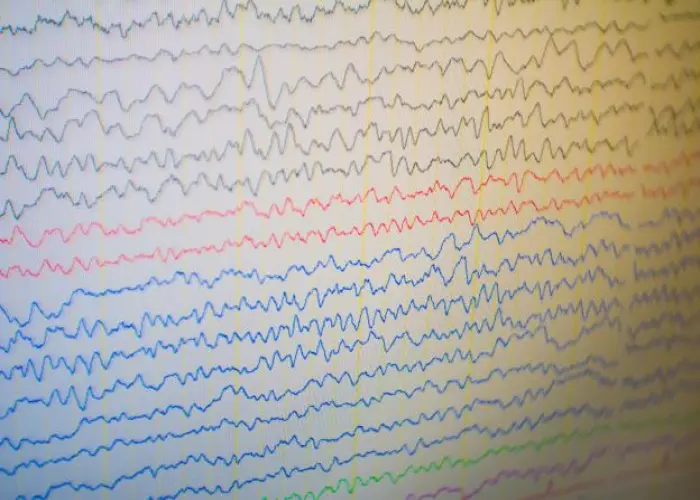
Absence seizure

Membranous nephropathy

Psoriasis
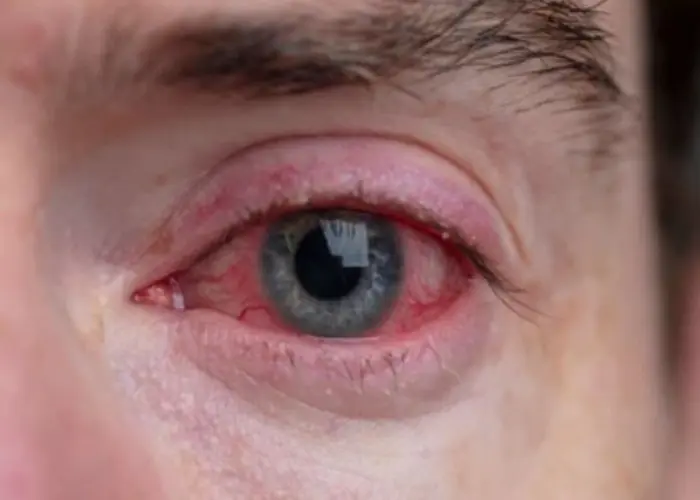
Blepharitis
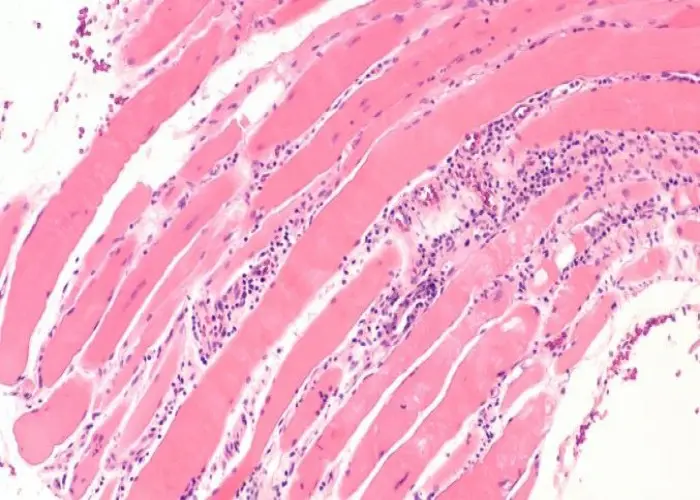
Dermatomyositis
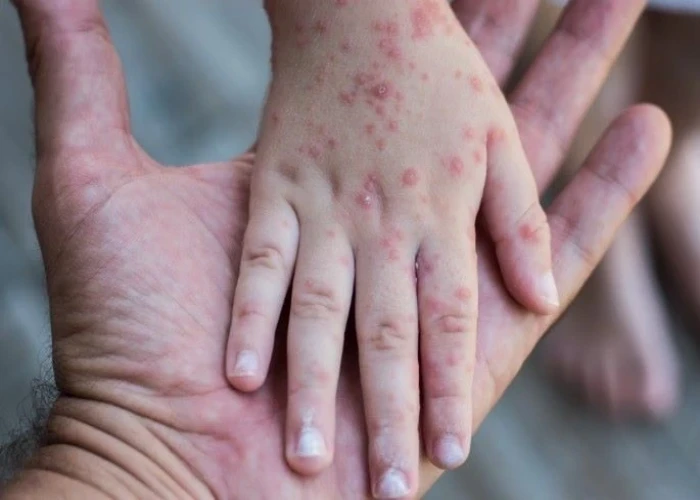
Measles
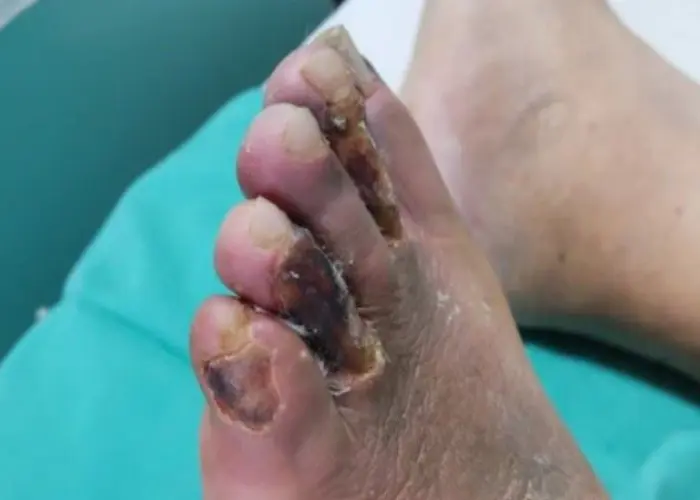
Claudication
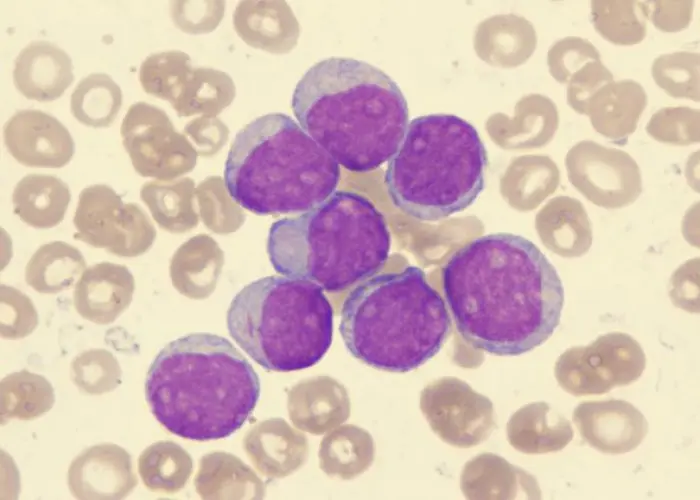
Acute myelogenous leukemia
Corns and calluses, Corns on feet, Corns on toes, কর্নস এবং কলস, কড়া এবং কলস
To be happy, beautiful, healthy, wealthy, hale and long-lived stay with DM3S.
